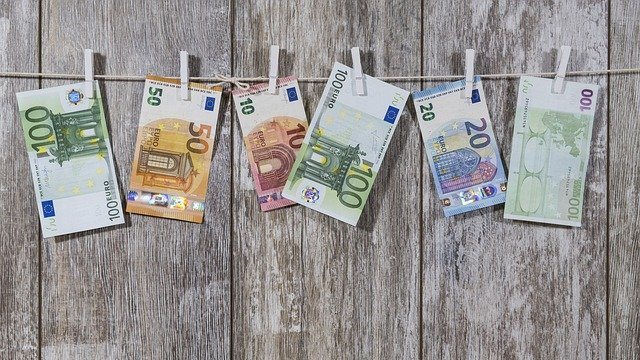An article published recently in El País and which draws on opinions from influential figures in the Spanish property sector claims that the only obstacle to a new Spanish property boom is the lack of financing options for would-be buyers as well as low wages and unemployment levels which remain high.
We can already say that the crisis in Spanish property is over and sales have been rising for a while with prices now having fully stabilised and started a correction which saw them increase by 4.2% on the previous quarter in Q2 according to the statistics released by the INE.
Fernando Encinar who works for the property portal Idealista believes that there will be another boom in Spanish property: “Will we make the same mistakes again? I’m sure we will, we have short memories and we will forget the mega-bubble” he said.
Financing
The current upward trend in Spain’s property market is being helped by the policies of the European Central Bank with low interest rates beginning to stimulate the growth of purchases using bank finance after years of the dominance of cash buyers.
However, lending is still nowhere near the levels reached during the boom with many families unable to access mortgage finance and bank’s taking a more cautious approach with thorough analyses of clients’ ability to make repayments although at the same time they have started lowering rates and Spanish mortgages have become some of the cheapest in the EU.
The International Monetary Fund has already warned against a return to the excesses of the boom and has recommended that regulations be imposed which limit the loan to value ratio (LTV) which banks can offer in order to safeguard against another credit crunch occurring.
The application of such measures does not appear to be likely and growing confidence in the economy and liquidity in the financial markets will surely lead banks to start lending on a more wholescale basis with high LTVs becoming available on all property and not just bank-owned property as is the case at present.
Spanish economy
Julio Rodriguez of the High Council of Statistics notes that although the Spanish economy has returned to growth the fact that wages remain low and unemployment is high are two major factors blocking many more Spaniards from purchasing properties and pushing sales back up to pre-crisis levels.
While renting has become more common in recent years studies still show an overwhelming number of Spaniards prefer to own rather than rent and this may well mean that the increase in renting seen during the crisis will subside as soon as the Spanish population’s personal finances improve.
Mr Rodriguez also believes that as the economic recovery takes hold the more rational lending criteria which are currently being used by the banks will be abandoned and credit will become freely available and warns that “when requirements are lowered, excesses are encouraged”.
Will we see another boom?
Most experts on Spain’s property sector do not believe there will be another boom in the near future but are also at pains to stress that any recovery will for the moment be localised with sales in areas such as Marbella already back to pre-boom levels and prices rising again in prime locations.
However, at some point there may be a convergence of a number of factors which will force sales and prices up rapidly: continued improvement in the Spanish economy causing wage increases and a fall in unemployment and subsequently a rise in immigration would simultaneously reactivate demand from Spanish nationals and add demand from abroad.
If we assume that the majority of those renting would prefer to buy the improvement in the economy would unlock property ownership for these potential buyers. A sudden spike in demand would mean an increase in prices which in turn would encourage those thinking of buying to do so as quickly as possible thus perpetuating the positive cycle.
The construction sector, which is still largely latent from the crash, would be reactivated and a lack of stock would become evident in some areas (Costa del Sol stock is forecast to be exhausted by 2017). Financing would also surely become more readily available and accessible to a larger population due to the improving personal finances of Spanish nationals and rising confidence in the economy.
This is of course currently hypothetical but it is a hypothesis based on current trends and on historical evidence from the previous boom. The very least that can be realistically expected is that prices continue to rise slowly with demand on the up and continuing improvement in the best locations being followed by a more generalised recovery.
Main image: Photo of Phase VII of the Oasis Beach development on the Costa Blanca South ©Contrimar Country S.L.





